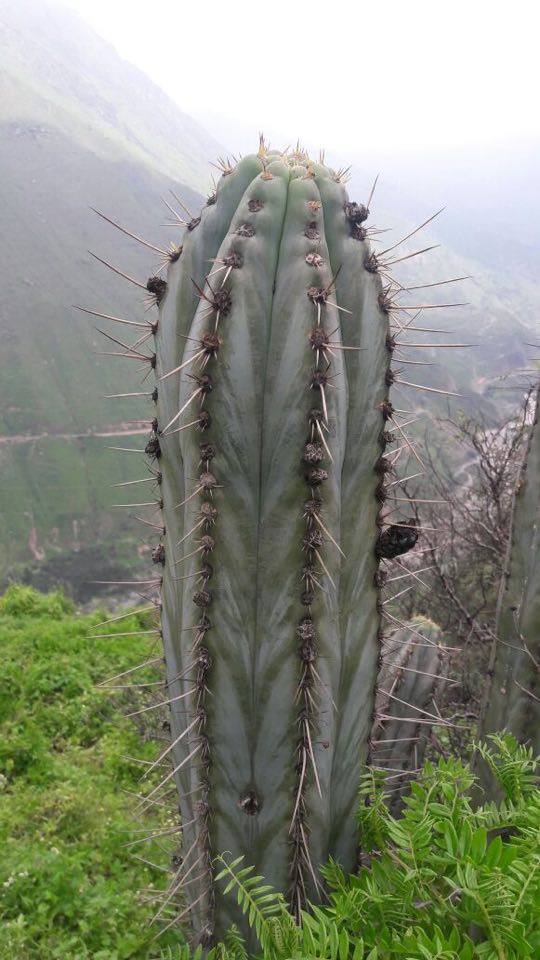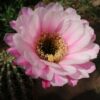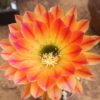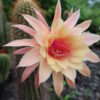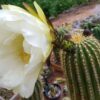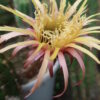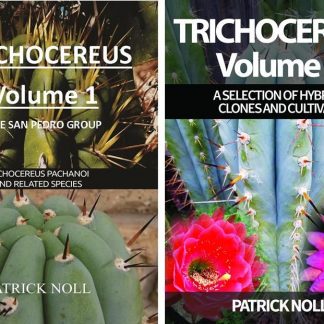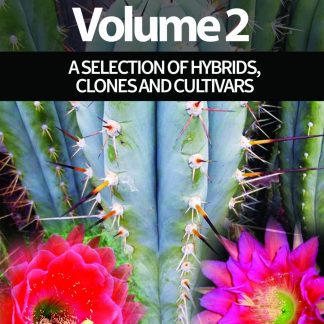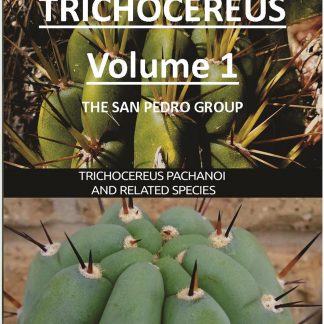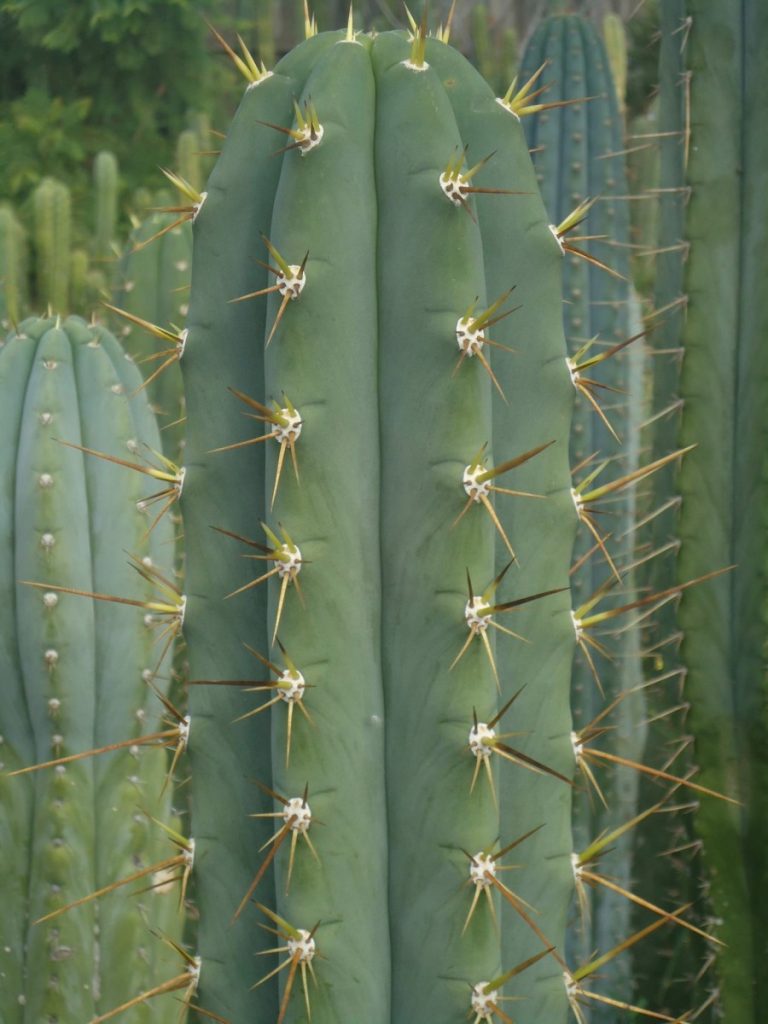
Trichocereus glaucus, also known as Echinopsis glauca, is a Peruvian Trichocereus species described by Friedrich Ritter. It might be synonymous with Trichocereus chalaensis, or at least related to it in some form. There are also Peruvianoids that are sold under this name and I occasionally encountered Trichocereus fulvilanus being sold under this name as well.…


